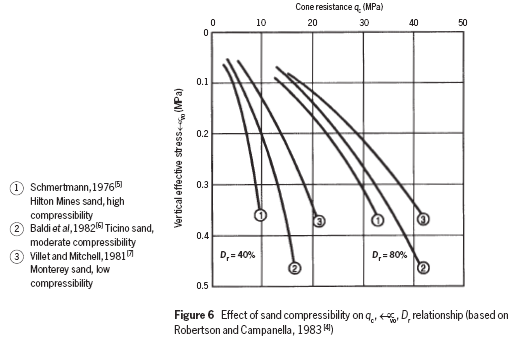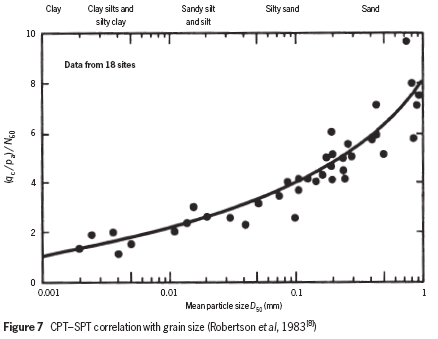Buy the Book
Published By Lankelma
Lankelma is the foremost contractor for onshore in-situ soil testing in the UK. An acknowledged
specialist in CPT, Lankelma also offers a worldwide consultancy and training service.
A.P. van den Berg develops, designs and manufactures geotechnical and environmental soil
investigation equipment for onshore and offshore applications. Specialists in CPT systems and equipment.
Gardline
Gardline Geosciences offers worldwide marine geotechnics, in-house consutancy and services with marine
investigations ranging from nearshore to full ocean depth (down to 3000m).
About the Author
Hans Brouwer studied civil engineering at Delft University in The Netherlands. He has
worked as a part-time lecturer at Amsterdam Polytechnic and was senior partner in a structural
engineering consultancy. He has written a standard textbook in Dutch about the design of
building foundations. He now lives in England where he writes technical textbooks in
English, hopefully to reach a bigger readership.
Quick Links:
Chapter 2
CF cone
Estimate of basic parameters
| |
ESTIMATE OF BASIC PARAMETERS 2.3
The CPT has three main applications:
To determine sub-surface stratigraphy and identify materials present To estimate geotechnical parameters To provide results for direct geotechnical design
|
| | The interpretation of geotechnical paramenters can be divided into:
|
| | - fine grained soils as clay:
| undrained shear strength
coefficient of volume change |
| | - coarse grained soils as sand:
| relative density |
| | | equivalent standard penetration
test values
|
| | Undrained shear strength
The preliminary undrained shear strength (Cu) of a clay can be
estimated from:
Cu = qc / Nk
where: qc = measured cone resistance
Nk = 17 to 18 for normally consolidated (NC) clays
or 20 for over-consolidated (OC) clays, like London Clay.
Coefficient of volume change
For NC and lightly OC clays and silts up to firm in consistency (qc less
than about 1.2 MPa), a first approximation can be obtained by using the
relationship between the cone resistance, qc, and the coefficient of
volume change, mv (Meigh [3]):
s = mv.H.Δp ( mv = 1 )
( Α.qc)
where: s = settlement of soil layer H
H = thickness of soil layer
Δp = applied load midway soil layer H
mv = coefficient of volume change
Α = coefficient (Meigh [3], Table 3)
qc = cone resistance.
The value of Α depends on soil type and the over-consolidation ratio
(OCR), Α = 2 to 8.
Relative Density
For non-cohesive soils, the relative density is often used as a soil
parameter. Figure 6 shows a chart which gives the relationship between
the measured cone resistance and the relative density (Dr) or density
index (ID).
Dr = ID = (emax – e) / (emax – emin)
where: emax and emin = the maximum and minimum void ratios that
can be determined in the laboratory using appropriate standards
e = the in situ void ratio. |

| |
Equivalent SPT values
A number of studies have been presented over the years to relate the
SPT N-value to CPT. Figure 7 shows the CPT–SPT correlation with grain
size where: qc = cone resistance (kPa)
pa = atmospheric pressure (100 kPa)
N60 = SPT N-value (energy ratio of about 60%)
D50 = mean particle size (mm). |
<< Previous PageNext Page >>


